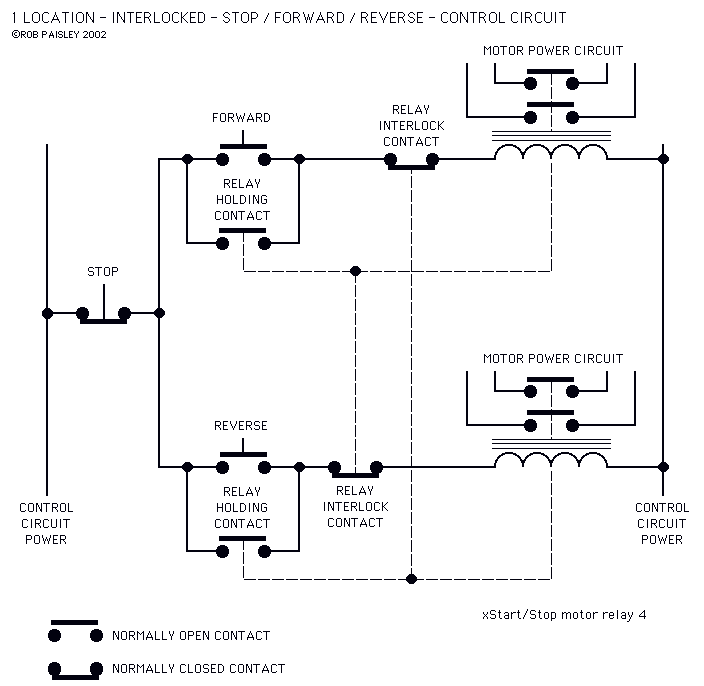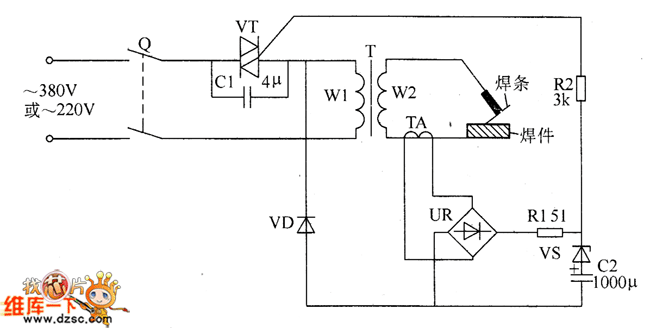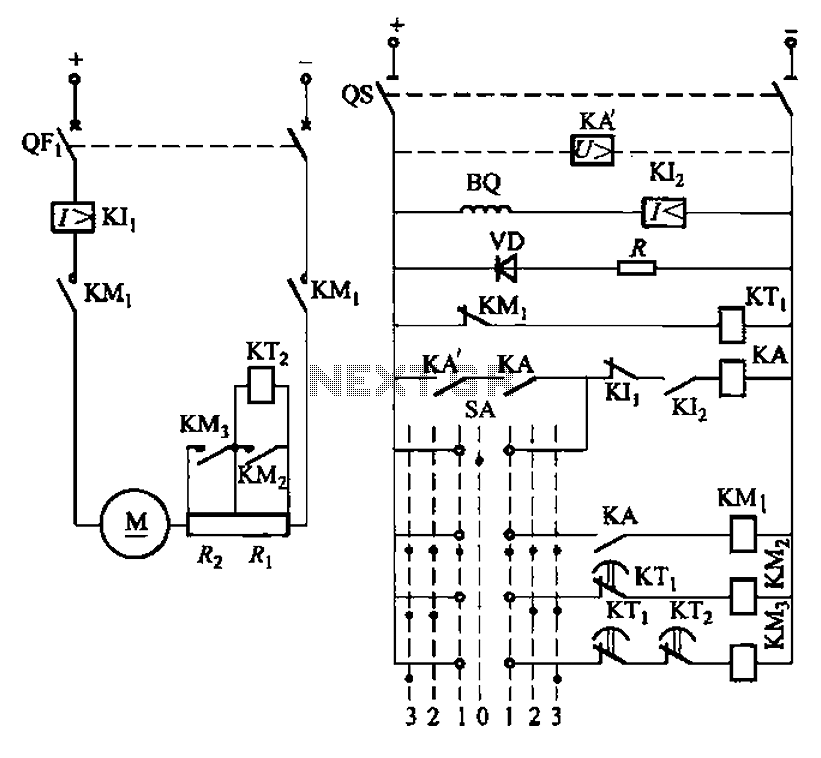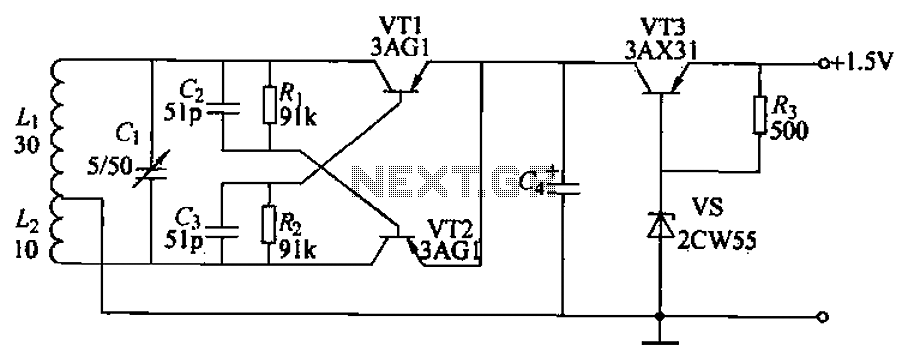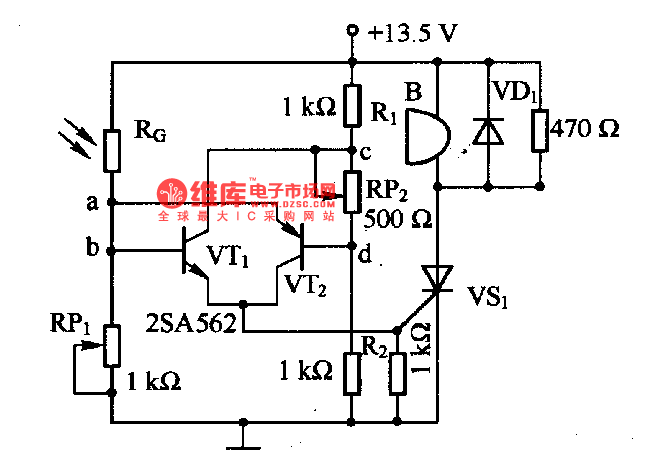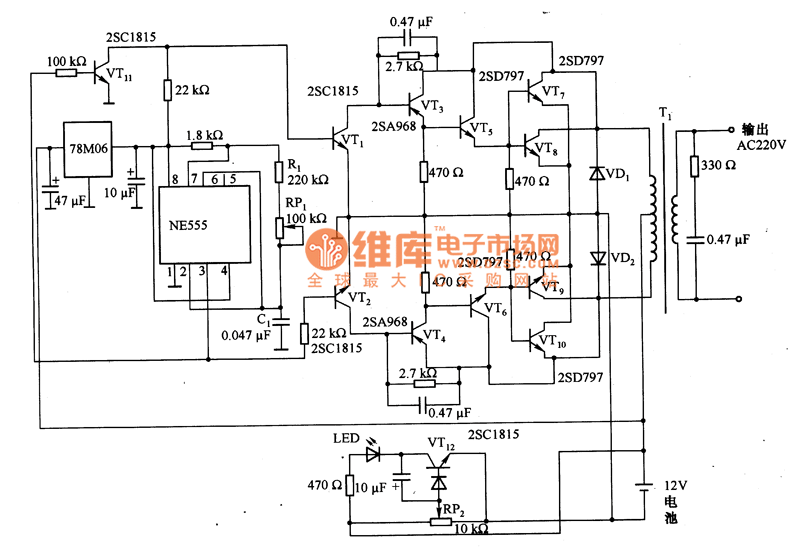
AMP-04 0 F 400 temperature measurement circuit
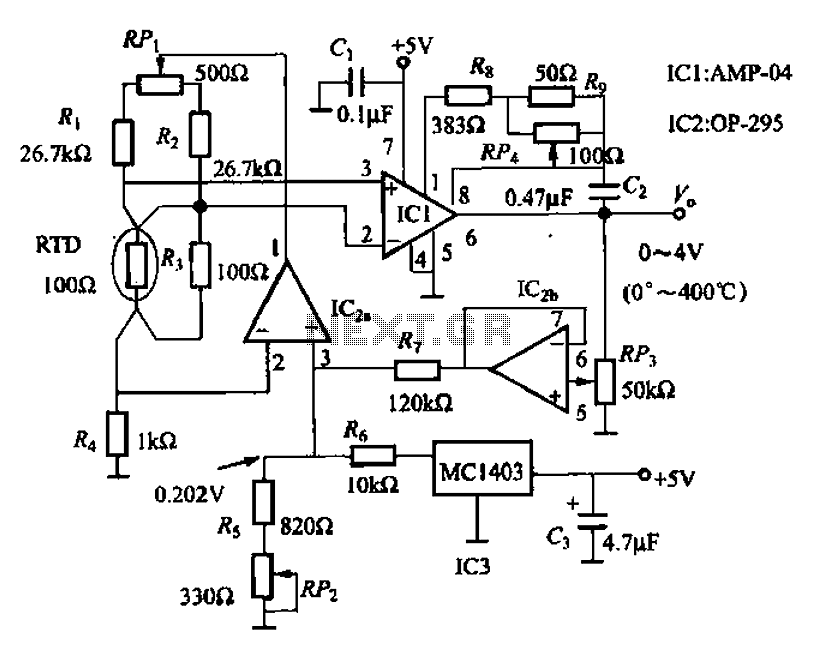
AMP-04 is a single-supply, single resistor gain adjustment circuit with an input voltage drift of less than 150 pV, a current drift of 5 nA, and a temperature drift of 8 pA/°C. The gain nonlinearity is 0.005% of the high-resolution operational amplifier. The AMP-04 circuit is designed for temperature measurement, with a range of 0-400°C and a measurement accuracy of 0.5. The resistors R1-R3, RPi, and the RTD form a bridge temperature detection circuit, with RP used to adjust the bridge balance. IC2 and IC3 serve as constant current sources, with IC3 providing a precision reference voltage of 2.500V. Resistors Rs, R6, and RP2 regulate IC2, where the positive terminal potential is 0.202V. A constant output current from IC2 is applied across the bridge. The output from the temperature bridge is amplified by IC1, with an external resistor connected to the output pin to adjust the gain, and RP4 is used for fine gain trimming. As the temperature varies from 0 to 400°C, the output voltage changes from 0 to 4.0V. During debugging, a 100.00Ω resistor (equivalent to 0°C) is used instead of the RTD, allowing for the adjustment of output voltage to 0.0V. Subsequently, resistances of 247.04Ω (equivalent to 400°C) and 175.84Ω (approximately 200°C) are used in place of the RTD, adjusting RP4 and RP3 to achieve output voltages of 4.00V and 2.00V, respectively.
AMP-04 is an advanced temperature measurement circuit utilizing a high-resolution operational amplifier to achieve precise temperature readings. The circuit is designed to operate with a single power supply, simplifying the overall design and reducing power consumption. The input voltage drift of less than 150 pV ensures that the measurement remains accurate over varying conditions, while the low current drift of 5 nA and temperature drift of 8 pA/°C contribute to the stability and reliability of the circuit.
The temperature detection mechanism is based on a bridge circuit formed by resistors R1, R2, R3, and the RTD. This configuration allows for high sensitivity to temperature changes. The adjustment resistor RP plays a crucial role in balancing the bridge, which is essential for accurate measurements. The constant current sources IC2 and IC3 are vital for ensuring that the bridge operates under stable conditions, with IC3 providing a precise reference voltage of 2.500V, which is critical for the linearity and accuracy of the output.
The gain adjustment feature is implemented through the use of external resistors connected to the output pin of IC1, enabling fine-tuning of the output voltage. The trimmer resistor RP4 allows for adjustments to the gain, accommodating variations in the system or environmental factors. The output voltage range of 0 to 4.0V corresponding to the temperature range of 0 to 400°C provides a clear and interpretable signal for further processing or display.
The calibration process described ensures that the circuit is accurately set up for real-world temperature measurements. By substituting known resistances for the RTD during debugging, the circuit can be adjusted to achieve the desired output voltages at specified temperatures, confirming the accuracy of the temperature readings. This systematic approach to calibration enhances the reliability of the AMP-04 circuit in practical applications.AMP - 04 is a single-supply, single resistor gain adjustment, the input voltage drift of less than 150 pLV, the current drift in 5nA, temperature drift of 8 pA/aC, gain nonline arity of 0.005% of the high resolution op-amp. AMP - 04 0.400qC temperature measurement circuit shown in Figure 1-13. Temperature range of the circuit is 0-4000C, measurement accuracy of 0.5. Ri - R3, RPi, RTD constitute a bridge temperature detection circuit, RP, adjust the bridge balance; IC2, IC3 as a constant current source, 1C3 output 2. 500V precision reference voltage, the Rs, R6, RP2 regulation, the IC2. (+) Terminal potential is 0. 202V, IC2. Constant output current is applied across the bridge. Temperature bridge output directly to Icl amplified, O pin external resistor adjusts gain benefits, RP4 trim gain.
At a temperature of 0 to 4000C when changes, the output voltage of O-4. OV. When debugging, first with a 100. 00Q electrical resistance (equivalent to 0 ) instead of the RTD, transfer RPi, so that the output voltage is 0.oOv; then respectively 247.04 (equivalent to 400C), 175 84n resistance (fairly. at 200C) in place of RTD, respectively adjust RP4, RP3 output voltages are 4.00,2.OOV.
AMP-04 is an advanced temperature measurement circuit utilizing a high-resolution operational amplifier to achieve precise temperature readings. The circuit is designed to operate with a single power supply, simplifying the overall design and reducing power consumption. The input voltage drift of less than 150 pV ensures that the measurement remains accurate over varying conditions, while the low current drift of 5 nA and temperature drift of 8 pA/°C contribute to the stability and reliability of the circuit.
The temperature detection mechanism is based on a bridge circuit formed by resistors R1, R2, R3, and the RTD. This configuration allows for high sensitivity to temperature changes. The adjustment resistor RP plays a crucial role in balancing the bridge, which is essential for accurate measurements. The constant current sources IC2 and IC3 are vital for ensuring that the bridge operates under stable conditions, with IC3 providing a precise reference voltage of 2.500V, which is critical for the linearity and accuracy of the output.
The gain adjustment feature is implemented through the use of external resistors connected to the output pin of IC1, enabling fine-tuning of the output voltage. The trimmer resistor RP4 allows for adjustments to the gain, accommodating variations in the system or environmental factors. The output voltage range of 0 to 4.0V corresponding to the temperature range of 0 to 400°C provides a clear and interpretable signal for further processing or display.
The calibration process described ensures that the circuit is accurately set up for real-world temperature measurements. By substituting known resistances for the RTD during debugging, the circuit can be adjusted to achieve the desired output voltages at specified temperatures, confirming the accuracy of the temperature readings. This systematic approach to calibration enhances the reliability of the AMP-04 circuit in practical applications.AMP - 04 is a single-supply, single resistor gain adjustment, the input voltage drift of less than 150 pLV, the current drift in 5nA, temperature drift of 8 pA/aC, gain nonline arity of 0.005% of the high resolution op-amp. AMP - 04 0.400qC temperature measurement circuit shown in Figure 1-13. Temperature range of the circuit is 0-4000C, measurement accuracy of 0.5. Ri - R3, RPi, RTD constitute a bridge temperature detection circuit, RP, adjust the bridge balance; IC2, IC3 as a constant current source, 1C3 output 2. 500V precision reference voltage, the Rs, R6, RP2 regulation, the IC2. (+) Terminal potential is 0. 202V, IC2. Constant output current is applied across the bridge. Temperature bridge output directly to Icl amplified, O pin external resistor adjusts gain benefits, RP4 trim gain.
At a temperature of 0 to 4000C when changes, the output voltage of O-4. OV. When debugging, first with a 100. 00Q electrical resistance (equivalent to 0 ) instead of the RTD, transfer RPi, so that the output voltage is 0.oOv; then respectively 247.04 (equivalent to 400C), 175 84n resistance (fairly. at 200C) in place of RTD, respectively adjust RP4, RP3 output voltages are 4.00,2.OOV.
Warning: include(partials/cookie-banner.php): Failed to open stream: Permission denied in /var/www/html/nextgr/view-circuit.php on line 713
Warning: include(): Failed opening 'partials/cookie-banner.php' for inclusion (include_path='.:/usr/share/php') in /var/www/html/nextgr/view-circuit.php on line 713
